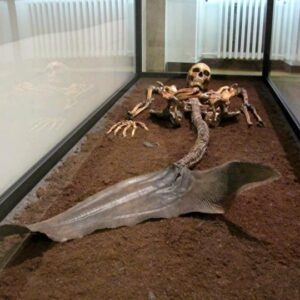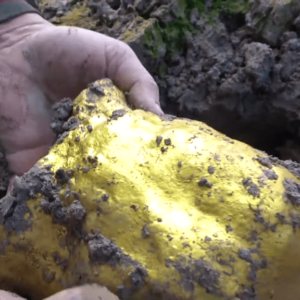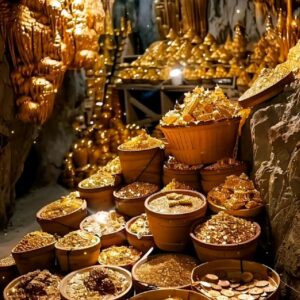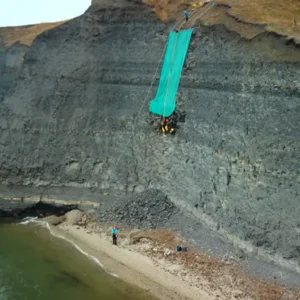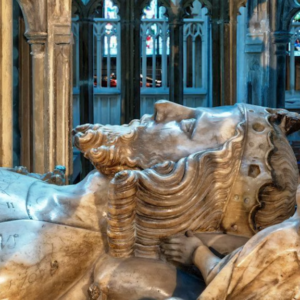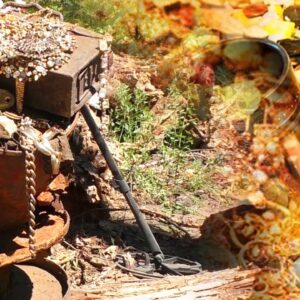Egyptologists in Egypt said Saturday they had found 59 well-preserved and sealed wooden coffins over recent weeks that were buried more than 2,500 years ago.
Opening one of the ornately decorated sarcophagi before assembled media, the team revealed mummified remains wrapped in burial cloth adorned with bright hieroglyphic inscriptions in vivid colors.
The dramatic find was unearthed south of Cairo in the sprawling burial ground of Saqqara, the necropolis of the ancient Egyptian capital of Memphis, a UNESCO World Heritage site.


An unidentified member of an international consortium may still lie buried there, the tourism and antiquities minister, Khaled el-Anany, said at the site, near the 4,700-year-old pyramid of Djoser.
“So today is not the end of the discovery, I consider it the beginning of the big discovery,” he said.
The coffins, sealed more than 2,500 years ago, date back to the Late Period of ancient Egypt, from about the sixth or seventh century BCE, the minister added.
Excavations in Saqqara have unearthed treasures of artifacts as well as mummified snakes, birds, scarab beetles, and other animals over recent years.


The coffins will be taken to the soon-to-be-opened Grand Egyptian Museum on the Giza plateau, he added.
They would be placed opposite a hall housing 32 other sealed sarcophagi for priests from the 22nd dynasty, which were found last year in the southern city of Luxor.
The opening of the Grand Egyptian Museum, which has been delayed several times, is planned for 2021.
The museum will host thousands of artifacts, spanning multiple eras of Egypt’s history, from the pre-dynastic to the Greco-Roman period.
Egypt hopes a flurry of archaeological finds in recent years and the Grand Egyptian Museum will boost its vital tourism sector, which has suffered multiple shocks since the 2011 Arab Spring uprisings, most recently the pandemic.

